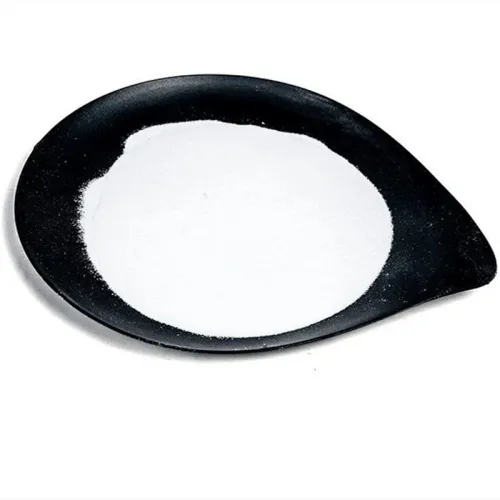Warning: Undefined array key "title" in /home/www/wwwroot/HTML/www.exportstart.com/wp-content/themes/1198/header.php on line 6
Warning: Undefined array key "file" in /home/www/wwwroot/HTML/www.exportstart.com/wp-content/themes/1198/header.php on line 7
Warning: Undefined array key "title" in /home/www/wwwroot/HTML/www.exportstart.com/wp-content/themes/1198/header.php on line 7
Warning: Undefined array key "title" in /home/www/wwwroot/HTML/www.exportstart.com/wp-content/themes/1198/header.php on line 7
Oct . 17, 2024 11:43 Back to list
Investigating the Antimicrobial Effects of Petroleum Jelly on Various Bacterial Strains
Exploring the Antibacterial Properties of Petroleum Jelly
Petroleum jelly, a semi-solid mixture of hydrocarbons derived from petroleum, has long been a staple in households for its moisturizing properties and ability to create a protective barrier on the skin. However, recent explorations into its antibacterial properties have raised intriguing questions about its potential applications beyond skin care. This article delves into the antibacterial properties of petroleum jelly, examining its effectiveness, potential mechanisms of action, and implications for health care.
Historically, petroleum jelly has been utilized for a variety of medicinal purposes. It is often recommended for minor cuts, scrapes, and burns, primarily to keep the area moist and protect it from infection. As a mixture that is occlusive in nature, petroleum jelly prevents the loss of moisture from the skin while also acting as a barrier against external contaminants. This property may play a critical role in minimizing the risk of bacterial colonization on wounds.
A number of studies have examined the antibacterial effects of various topical agents, and research into petroleum jelly has followed suit. Initial findings suggest that petroleum jelly does not possess inherent antibacterial properties like some traditional antibiotics or antiseptics. Instead, its effectiveness may stem from its ability to create an environment that is unfavorable for bacterial growth. By forming a protective layer, it not only prevents bacteria from entering wounds but also secures the moisture necessary for the natural healing process.
The mechanism by which petroleum jelly aids in healing involves the maintenance of a moist wound environment, which is crucial for optimal tissue repair. This is especially significant because dry wounds are more susceptible to bacterial infection. Studies indicate that moist wound healing can lead to faster recovery times and minimize scarring, highlighting the importance of occlusive dressings in treatment protocols.
exploring the antibacterial properties of petroleum jelly for

Moreover, the use of petroleum jelly on the skin has been linked to an improved skin barrier function. When the skin's barrier is intact, it becomes less permeable to bacteria and other pathogens, further reducing the risk of infection. The ability of petroleum jelly to support skin integrity, thus indirectly contributes to its potential as a tool in preventing acquired infections, particularly in patients with compromised skin barriers due to conditions like eczema or psoriasis.
Despite its non-antibacterial properties, petroleum jelly can be an invaluable adjunct in wound care. It can be safely used in conjunction with other antibacterial agents or medications. For instance, applying a topical antibiotic ointment beneath a layer of petroleum jelly can enhance the moisture retention and efficacy of the antibiotic, creating a synergistic effect that promotes healing.
However, while petroleum jelly presents several advantages, caution must be exercised. It is crucial for individuals to ensure that wounds are properly cleaned before application and that they monitor for signs of infection. In cases of deep or severe wounds, medical consultation is essential, as petroleum jelly is not intended to replace standard medical care.
In conclusion, while petroleum jelly may not have direct antibacterial properties, its role in creating a protective barrier and maintaining a moist environment is undeniably beneficial in the context of wound healing. As research continues to evolve, further investigations may uncover additional benefits and potential applications for petroleum jelly in medical settings. This versatile compound remains a practical and effective element in promoting skin health and defending against bacterial infections when used appropriately. As an affordable and accessible product, petroleum jelly has the potential to enhance the quality of wound care in both home and clinical settings, supporting a broader understanding of its capabilities beyond mere moisturization.
Latest news
-
Certifications for Vegetarian and Xanthan Gum Vegetarian
NewsJun.17,2025
-
Sustainability Trends Reshaping the SLES N70 Market
NewsJun.17,2025
-
Propylene Glycol Use in Vaccines: Balancing Function and Perception
NewsJun.17,2025
-
Petroleum Jelly in Skincare: Balancing Benefits and Backlash
NewsJun.17,2025
-
Energy Price Volatility and Ripple Effect on Caprolactam Markets
NewsJun.17,2025
-
Spectroscopic Techniques for Adipic Acid Molecular Weight
NewsJun.17,2025

